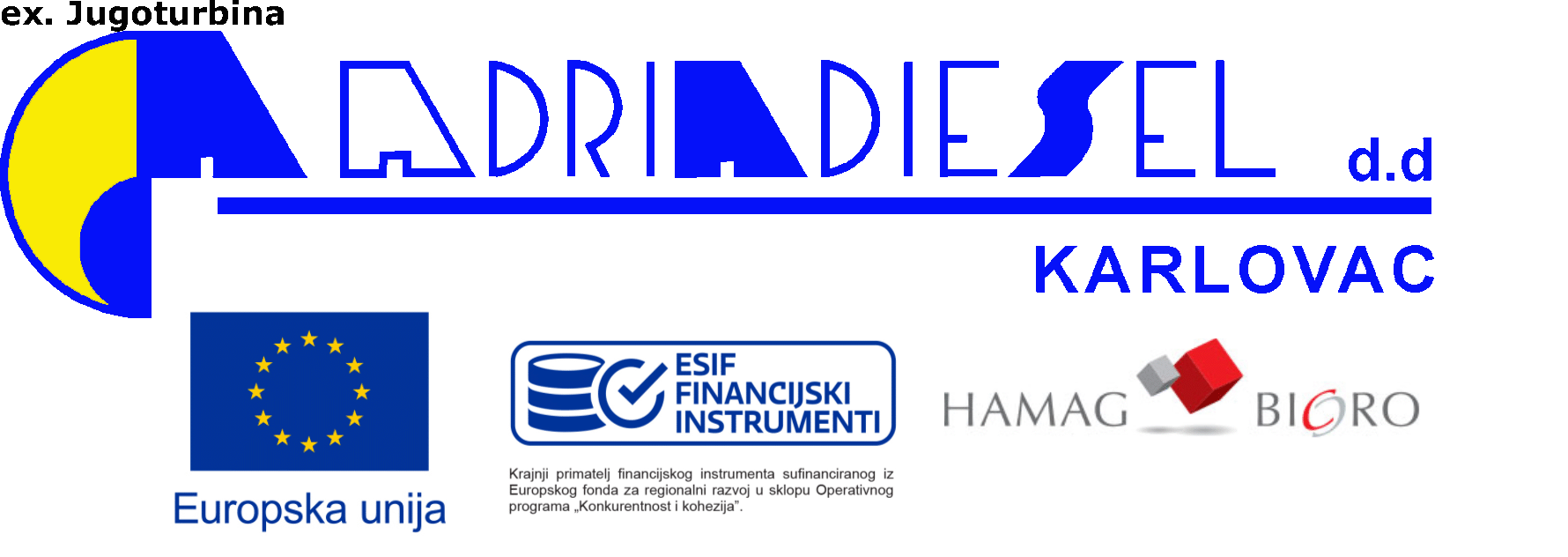Research from Plymouth Marine Laboratory identified five high-risk areas where floating plastic waste poses the greatest risk to North Atlantic marine life. Plastic waste entered the world's aquatic ecosystems in 2016 and is expected to triple by 2030. Land-based plastic sources account for approximately 80% of plastic pollution in the marine environment, including disposable items such as plastic bags, bottles, wrapping paper, and food. Containers and cutlery are common. More than 4,000 marine and coastal species are affected by marine plastic debris, with some species more sensitive to pollution. The study assessed the risks of terrestrial plastic litter to key marine megafauna and selected productive and biodiverse habitats. The identified high risk zones (HRZ) include British waters, the Azores, the French and US Atlantic coasts, and the US Gulf of Mexico. The most dangerous marine megafauna are seabirds, cetaceans, turtles and cartilaginous fishes. Mangroves and coral reefs are the most dangerous habitats, with entanglement and suffocation causing coral and mangrove branches to break and become diseased.










